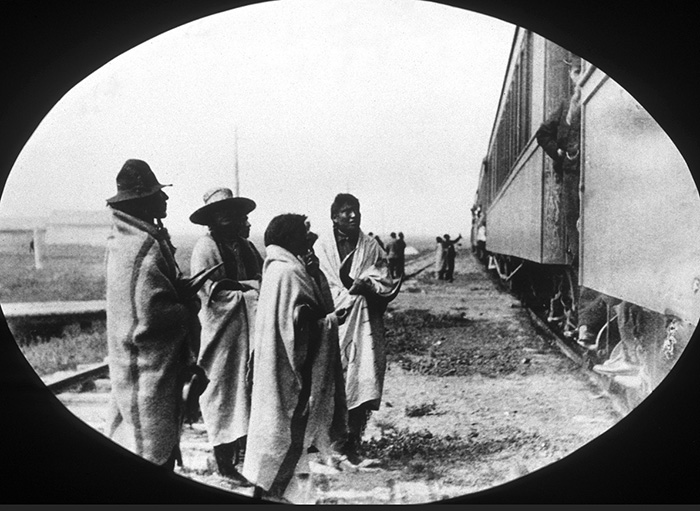Colonial Approaches to Land Ownership
Land was not always a commodity in North America. Indigenous people did not see land from that view point. This began to change when Britain, France, and Spain began to colonize the New World. Allan Greer is examining how the modern form of property emerged out of colonial North America.
Greer holds a Canada Research Chair in Colonial North America and is a professor at McGill University in Montreal. Greer spoke with Nelle Oosterom of Canada’s History magazine about his research into the history of land ownership.
“It’s an attempt to get a better understanding of the basic processes of colonization, with the dispossession of Indigenous people and creation of property of land for settlers,” says Greer.
With 7 uniquely curated newsletters to choose from, we have something for everyone.
Greer began by studying how land ownership came to be in New France. He widened his research to include New England and New Spain. All three empires had different approaches to dealing with Indigenous people and the creation of property.
For instance, the French never entered into treaties with Indigenous people. Instead, they came in with a “fundamentally feudal form of tenure,” said Greer.
“I would say that in practice, the record of the French in early Canada was ‘better’ than that of the English and the Spanish in terms of actually accommodating both Natives and settlers,” he said. The French didn’t require exclusive rights to land — their system allowed for overlapping claims in which both settlers and Indigenous people could use the land, said Greer.
This contrasted with the approach of the English and the Dutch, who favoured exclusive ownership that involved land surrenders formalized in treaties and ceremonies.
“There was all kinds of cheating on the terms, all kinds of pressure exerted on First Nations, but there was usually some kind of negotiation and turning over of land in return for some kind of payment.”
The Spanish approach was different again.
“The Spanish, for all their desire to lay their hands on precious metals and gold and silver mines, mostly were content to leave land in the possession of the native inhabitants.”
To Greer, the establishment of colonial property is an essential part of Canada’s history. “So, it’s the process by which the resources of this country come into the hands of individuals who are not Indigenous,” Greer says. “The results of this process are with us today. It also conditioned the emergence of Canada as we know it.”
Greer’s research is relevant to modern issues of Indigenous land claims and a goal of the study is to come to a better understanding of unresolved issues around Indigenous land title.
We hope you’ll help us continue to share fascinating stories about Canada’s past by making a donation to Canada’s History today.
We highlight our nation’s diverse past by telling stories that illuminate the people, places, and events that unite us as Canadians, and by making those stories accessible to everyone through our free online content.
Canada’s History is a registered charity that depends on contributions from readers like you to share inspiring and informative stories with students and citizens of all ages — award-winning stories written by Canada’s top historians, authors, journalists, and history enthusiasts.
Any amount helps, or better yet, start a monthly donation today. Your support makes all the difference. Thank you!
Themes associated with this article
Advertisement








